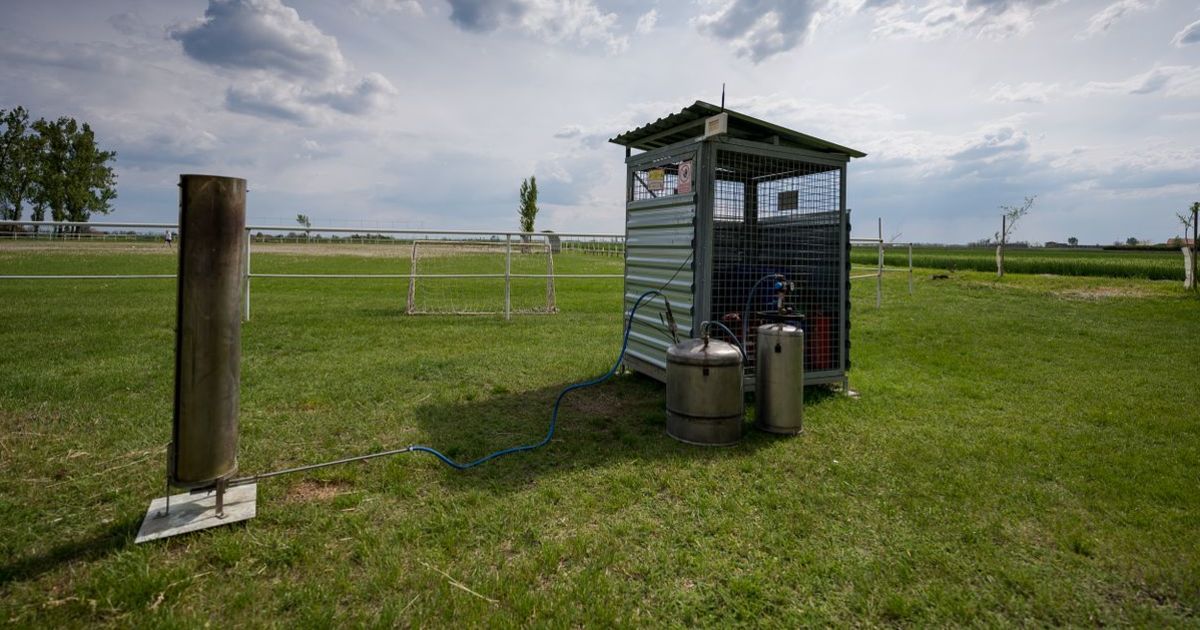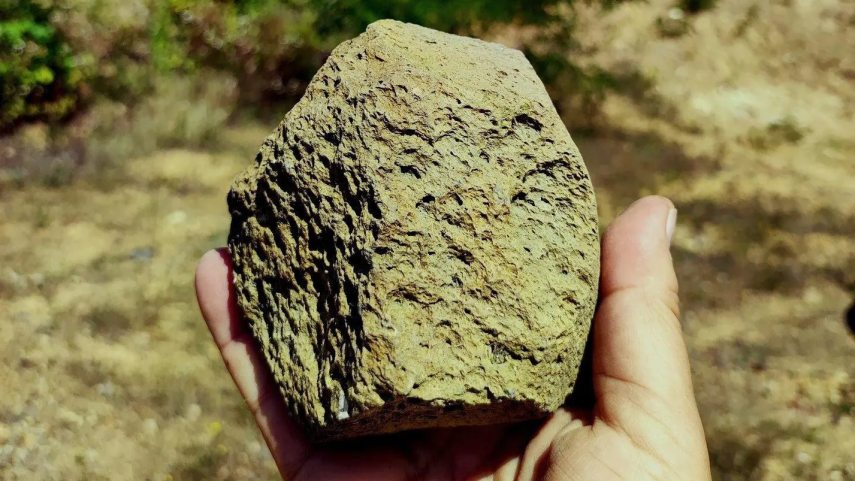Based on the dating of the surrounding sedimentary rock layers, the stone tools discovered at the Korolevu (King's House) archaeological site in Transcarpathia, in the western part of Ukraine, are about 1.4 million years old.
Atapuerca in Spain was previously considered by scholars to be the oldest inhabited place in Europe. But according to research recently published in the journal Nature, people lived in Atapuerca 200,000 to 300,000 years after Korolevo. The international research team analyzed the sedimentary layers around ancient stone tools discovered in Korolevu in the 1970s using a cosmic ray dating method.
Roman Garba, a scientist at the Institute of Nuclear Physics of the Czech Academy of Sciences (CAS), and lead author of the study, said that Homo erectus was the first hominin, that is, humans, to migrate from Africa to the Middle East and the East. Asia and Europe about two million years ago. Only stone tools were found at Korolevu, no bone remains. However, based on the age of the site, it is possible that Homo erectus made the stone tools, as it was the only possible human species in that era. According to the scientist, early humans could have eaten meat killed by predators and left behind, and may have been able to make fire.
The study reveals that their chipped stone tools, characteristic of the so-called ancient culture, are very simple tools made from volcanic rocks from the dawn of human technology. Regarding the importance of the research, Garba said that by dating the archaeological site in Korolevu, on the one hand, it was possible to bridge the spatial and temporal gap between the Georgian sites of Dmanisi and Spanish Atapuerca, and on the other hand, it was possible to confirm the hypothesis that the first humans arrived in the region from the east or southeast.
The research suggests that early humans migrated to higher latitudes during warming periods long before the Middle Pleistocene geohistorical epoch. John Janssen, a geologist at the Czech Academy of Sciences and co-author of the study, added that Korolevu could be the northernmost point of man believed to belong to Homo erectus.
According to Garba, the only question is when discoveries similar to those in Korolev or even earlier will be made at other sites in Ukraine, Romania, Bulgaria or Serbia.
























![It actually has great animation [VIDEO]](https://thegeek.hu/wp-content/uploads/sites/2/2024/05/thegeek-Kingdom-Come-Deliverance-2-1.jpg)

















